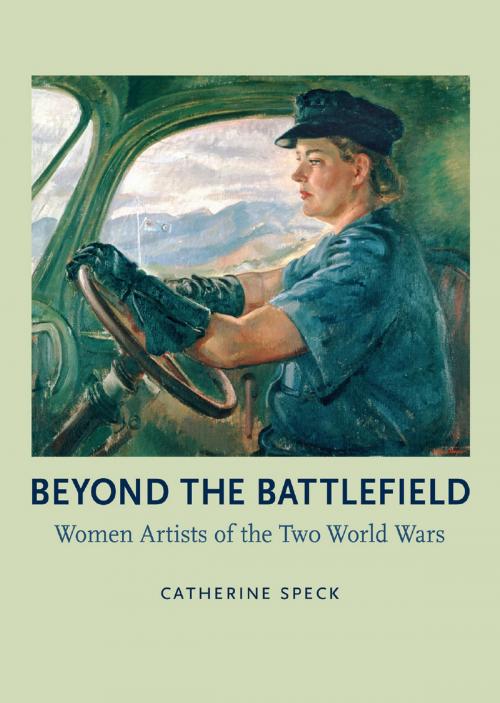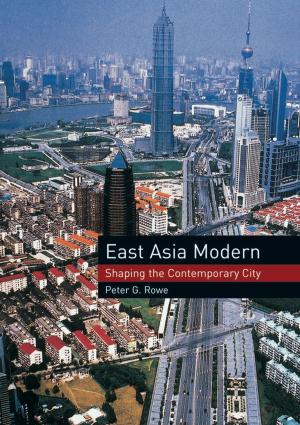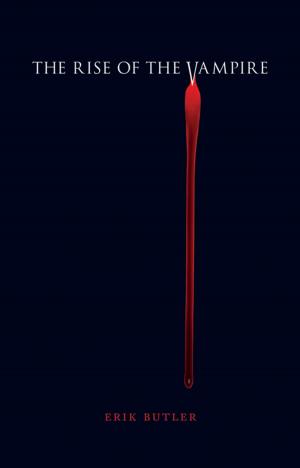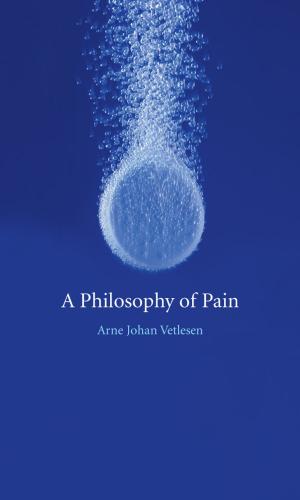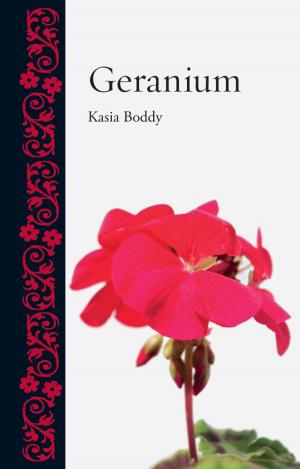Beyond the Battlefield
Women Artists of the Two World Wars
Nonfiction, Art & Architecture, General Art, Art History| Author: | Catherine Speck | ISBN: | 9781780233840 |
| Publisher: | Reaktion Books | Publication: | August 15, 2014 |
| Imprint: | Reaktion Books | Language: | English |
| Author: | Catherine Speck |
| ISBN: | 9781780233840 |
| Publisher: | Reaktion Books |
| Publication: | August 15, 2014 |
| Imprint: | Reaktion Books |
| Language: | English |
World Wars I and II changed the globe on a scale never seen before or since, and from these terrible conflicts came an abundance of photographs, drawings, and other artworks attempting to make sense of the turbulent era. In this generously illustrated book, Catherine Speck provides a fascinating account of women artists during wartime in America, Britain, Canada, Australia, and New Zealand, and their visual responses to war, both at the front lines and on the home front.
In addition to following high-profile artists such as American photographer Lee Miller, Speck recounts the experiences of nurses, voluntary aides, and ambulance drivers who found the time to create astonishing artworks in the midst of war zones. She also describes the feelings of disempowerment revealed in the work done by women distant from the conflict. As Speck shows, women artists created highly charged emotional responses to the threats, sufferings, and horrors of war—the constant fear of attack, the sorrow of innocent lives destroyed, the mass murders of people in concentration camps, and the unimaginable aftermath of the atomic bombs. The first book to explore female creativity during these periods, Beyond the Battlefield delivers an insightful and meditative examination of this art that will appeal to readers of art history, war history, and cultural studies.
World Wars I and II changed the globe on a scale never seen before or since, and from these terrible conflicts came an abundance of photographs, drawings, and other artworks attempting to make sense of the turbulent era. In this generously illustrated book, Catherine Speck provides a fascinating account of women artists during wartime in America, Britain, Canada, Australia, and New Zealand, and their visual responses to war, both at the front lines and on the home front.
In addition to following high-profile artists such as American photographer Lee Miller, Speck recounts the experiences of nurses, voluntary aides, and ambulance drivers who found the time to create astonishing artworks in the midst of war zones. She also describes the feelings of disempowerment revealed in the work done by women distant from the conflict. As Speck shows, women artists created highly charged emotional responses to the threats, sufferings, and horrors of war—the constant fear of attack, the sorrow of innocent lives destroyed, the mass murders of people in concentration camps, and the unimaginable aftermath of the atomic bombs. The first book to explore female creativity during these periods, Beyond the Battlefield delivers an insightful and meditative examination of this art that will appeal to readers of art history, war history, and cultural studies.
